
How we see Hawthorn School
Compare with:
How Hawthorn School sees itself
"Hawthorn is proud to be the only independent, Catholic-inspired, all-girls school in Toronto. Our tailored size facilitates a personalized and enriching experience, where each girl is known and flourishes in every aspect of school life. With a 100% university acceptance rate, Hawthorn provides a classical liberal arts education focusing on cultural literacy, critical thinking, and growth in virtue through our character education program. Hawthorn graduates live the school’s mission by "living the truth in charity.""
"Our goal is to make a difference in each girl’s life and we take that to heart. Although what the Hawthorn Difference will mean for each girl will depend on their individual needs and goals, the way it is delivered is set upon a common foundation of five key pillars: Pursuit of Excellence in Education, Personal Mentorship, Partnership with Parents, Leadership through Service, and All Girls Advantage."
"Hawthorn’s all girls environment, small class sizes, and one of the lowest student-to-teacher ratios in the country, provides a unique kind of student-by-student learning that is proven to differentially prepare students for reaching and succeeding in the next phase of their learning-and beyond. We respect the shared goals of our students and their families. We pride ourselves not only on preparing the girls for a postsecondary education, but also on helping them to succeed in their life’s path."
"We respect the shared goals of our students and their families. We pride ourselves not only on preparing the girls for a postsecondary education, with a 100% university acceptance rate, but also on helping them to succeed in their life’s path – no matter what it may be. Our curriculum provides cultural literacy, critical reasoning skills, and aid in the growth of virtue, in a smaller school environment that allows teachers and mentors to know every girl, their personal interests and abilities."
"One of the ways that we keep making a difference is by listening and changing, but not only the requirements of an increasingly competitive and complex world – but by listening to and working together with parents. Hawthorn was founded upon the principal belief that parents are the primary educators of their children, and our commitment to educate together in partnership with them, is part of what continues to make Hawthorn different."

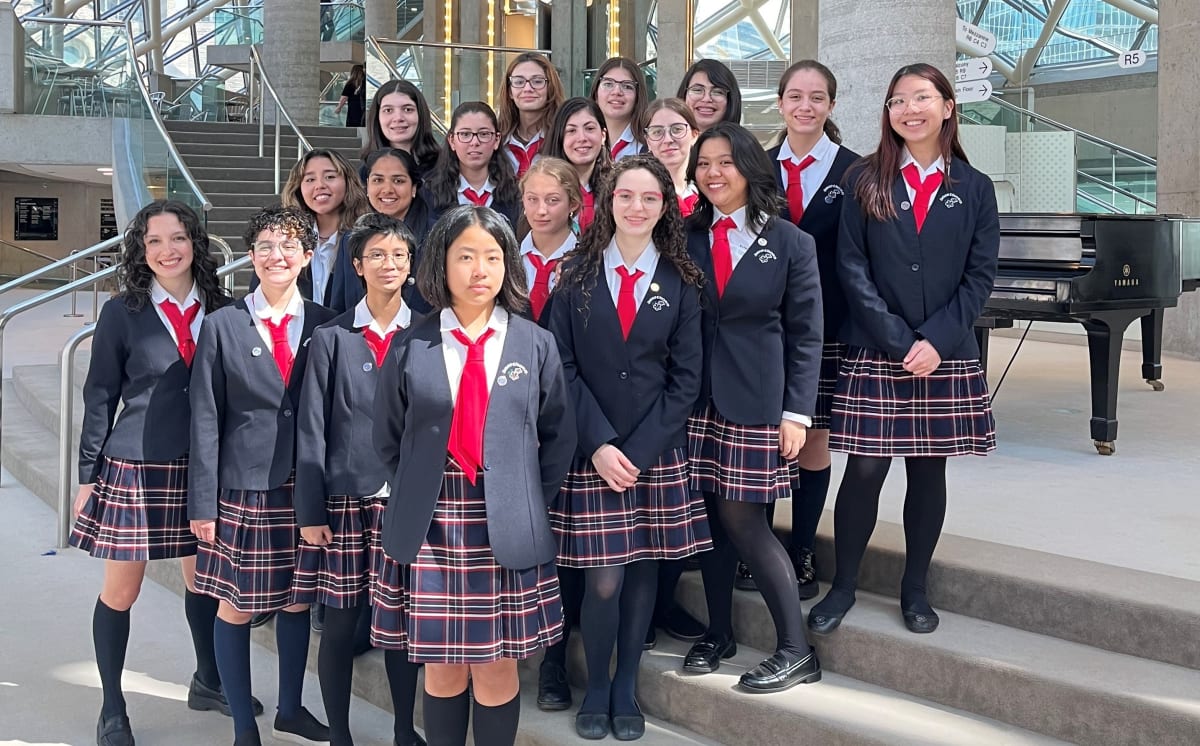

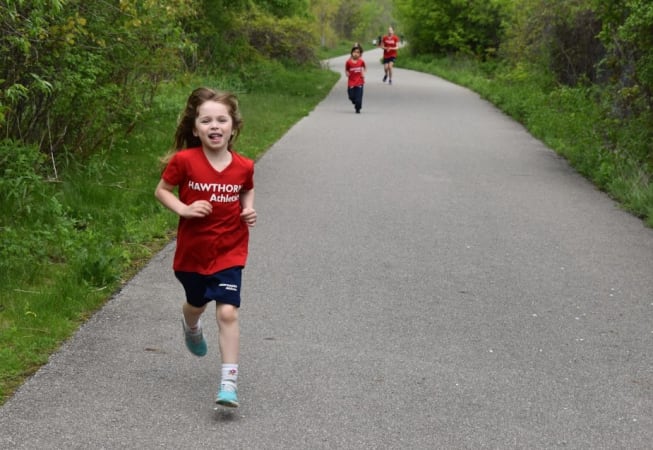




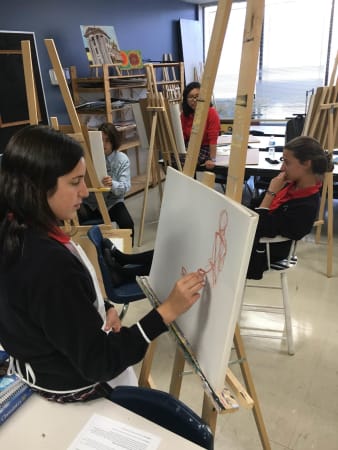
Upper School Art Studio
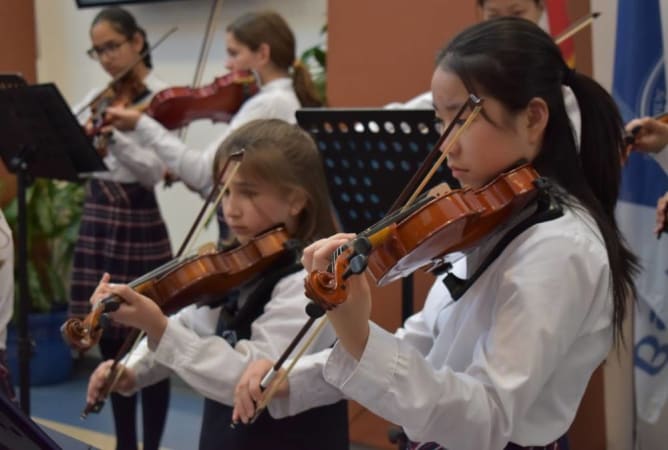
Xylophone Performance




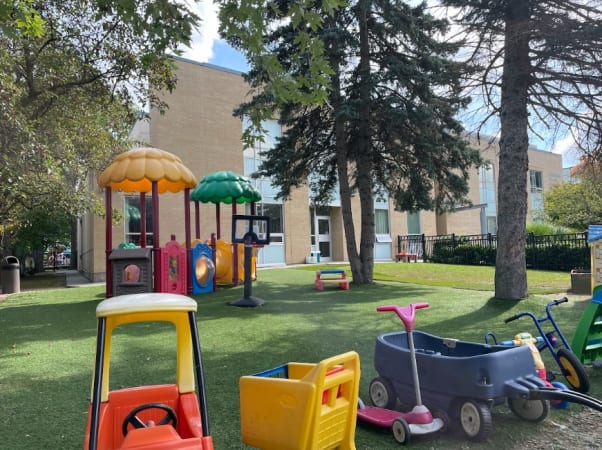




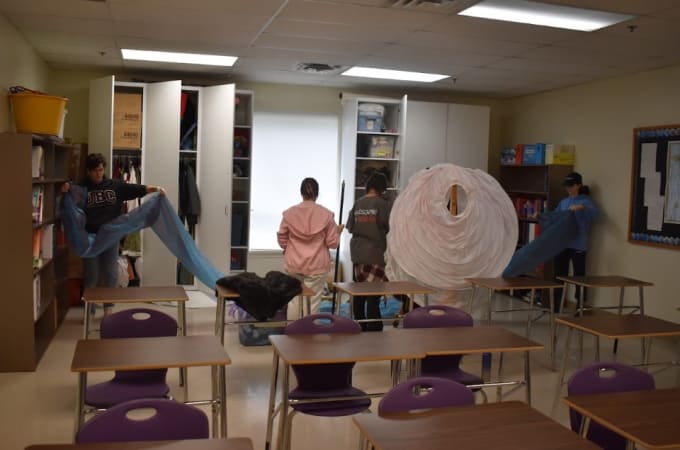
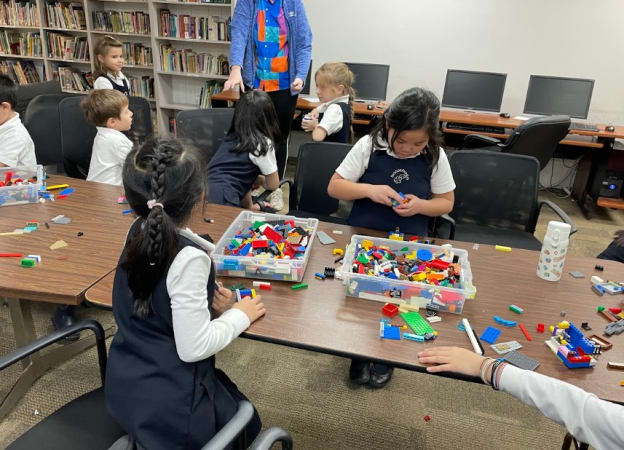





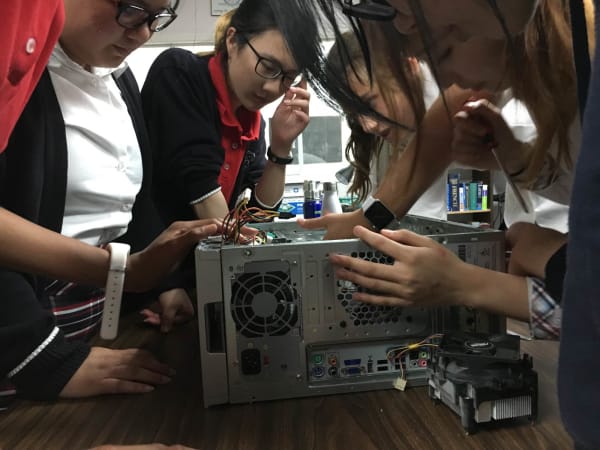



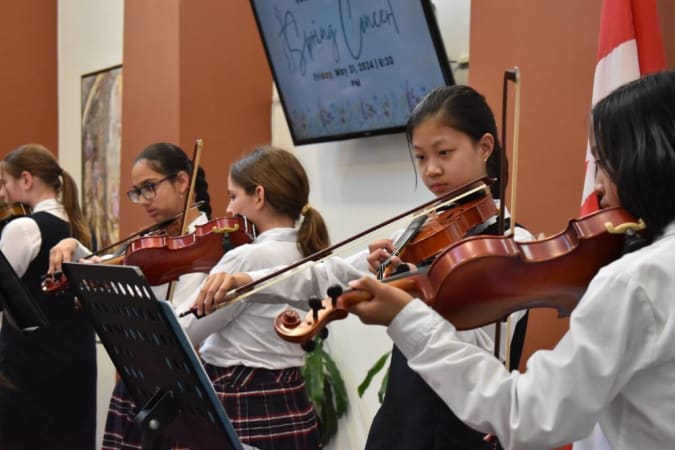








Library





How people from the school’s community see Hawthorn School
Top-down influence on the school’s direction and tone

Irian Flores de Medina, Head of School
Welcome to the Hawthorn School profile and thank you for your interest in our school!
As many of you are aware, halfway through the 2019-2020 school year, the education system faced an unusual challenge. Schools were forced to move from conventional in-class learning to exclusively virtual classrooms almost overnight. At Hawthorn, we are pleased to say that we were able to get our online classes up and running with almost no delay, due to the adaptability and dedication of our faculty and staff. All the way from the children in the Daycare to the Upper School students, adapted to the needs and capacities of the different age groups, we were able to provide both synchronous and asynchronous learning opportunities. Despite the challenges, teachers were able to address all aspects of the curriculum.
Even as the school year was finishing we were preparing for the possible scenarios we would face in the fall. We are so grateful for each of our families - including our students, our faculty, and our staff, who came together in these past months and who make Hawthorn an exceptional place to learn, to teach, and to work! In the past months and weeks, we’ve come a long way and many people have worked hard to make it possible for us to start our school year with full time in-person instruction, five days a week, knowing that we have done everything possible to ensure the safety of our staff and students.
Thank you parents for considering entrusting us with the education of your daughters. We know that you have many options, especially this year, and we are grateful for your interest in choosing a Hawthorn education for them. We continue to remain dedicated to our mission and parents are a key part of what we do here. There are many things that have changed this year due to our current situation, from the extra sanitization of our school to the additional screening procedures. At the same time, much remains the same - we are committed to communicating with parents and to helping them raise their daughters to be women of integrity and faith, the leaders of tomorrow.
We are so happy to see our students back at school and in person. Though the past few months have been challenging at times we are very proud of how they have risen above the difficulties and not let the situation prevent them from continuing to learn and grow. One thing that we can say for sure is that this year will still not be business as usual, to know that they need look no further than the plexiglass sneeze guards on the desks and the masked faces that are around the school. These measures are for the safety of everyone and allow us to return to in person learning. It sometimes seems like a lot, the things that we need to do and the many things that are not possible. One thing that we want all our students and prospective students to know is that at Hawthorn, they are never alone in their struggles. Here they are surrounded by people - friends, parents, teachers, and mentors - that they can rely on every step of the way.
At Hawthorn we have an amazing group of dedicated people, including support staff and teachers. It is a great joy and privilege to work with them every day. Our faculty have time and time again shown how dedicated they are to their students, not only their academic learning but also their character development and emotional well-being. They have truly risen to the occasion and accepted the challenge of teaching in these new circumstances. We are very grateful to them for all that they do!
This year is going to be an amazing and memorable one because we know that everyone will be working together, following the guidelines and helping us with our goal of keeping the school open. The way that we will accomplish this goal is by paying attention to all the small details and doing our work well and with love.
To those that are interested in a Hawthorn education, we would be delighted to welcome you into our family! Our admissions director, Rhonda Wood, would be happy to speak with you and guide you through the process of applying to Hawthorn. Please contact her at 416-444-3054 or by email at [email protected].
If you’re considering a small school for your extroverted child, make sure it offers plenty of social opportunities, including the ability to seek out and interact with different peer groups. Since smaller schools have smaller and less diverse student populations than big schools, it can sometimes be more challenging for your child to find a like-minded group of friends—friends with similar interests, values, etc.
“It’s important to look at the social makeup of the school,” says Ruth Rumack of Ruth Rumack's Learning Space. "Is there enough variety that your child will have a group that they feel connected with? Because you want to have friends that are like-minded and you want to be in a social situation where you feel honoured and respected. Variety can also be found in extracurriculars, leadership programs, and sports activities, which tend to have kids with a wide range of personalities.”
Also, make sure a school’s teaching and learning approach is suitable for your social child. “For instance, a school focusing on individual learning instead of group learning may not play into your child’s strengths,” say Ann and Karen Wolff, Toronto-based education consultants at Wolff Educational Services. “You want to make sure the social, emotional, and academic realities of the classroom are a match for your child’s personality.”
Smaller schools often have small classrooms and tight-knit communities, which can make it easier for your introverted child to come out of their shell, make friends, and feel like they belong. Since they’re less socially overwhelming, your child should find it easier to navigate their social environment. And since they’re conducive to group work, small classes often have plenty of interaction, which can help your child develop critical interpersonal skills.
Of course, small schools normally have a less diverse student population than big schools, which can sometimes make it more challenging to find a group of like-minded peers—peers with similar personalities, interests, values, etc. This makes it especially important to ask a school about its extracurricular programs, which can help your introverted child establish an intimate social circle.
THE OUR KIDS REPORT: Hawthorn School
Next steps to continue your research:
Continue researching Hawthorn School with OurKids.net, or visit school website.